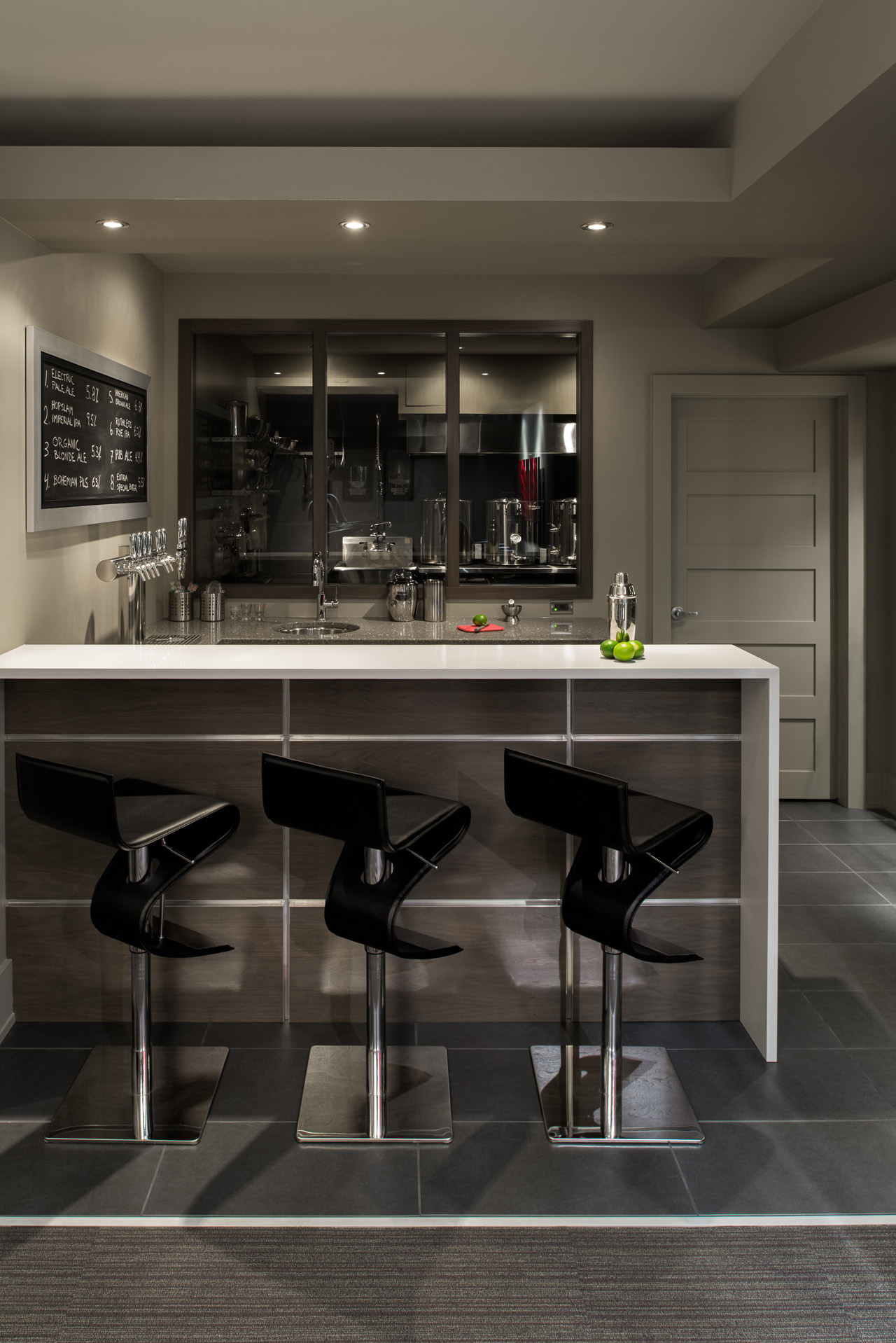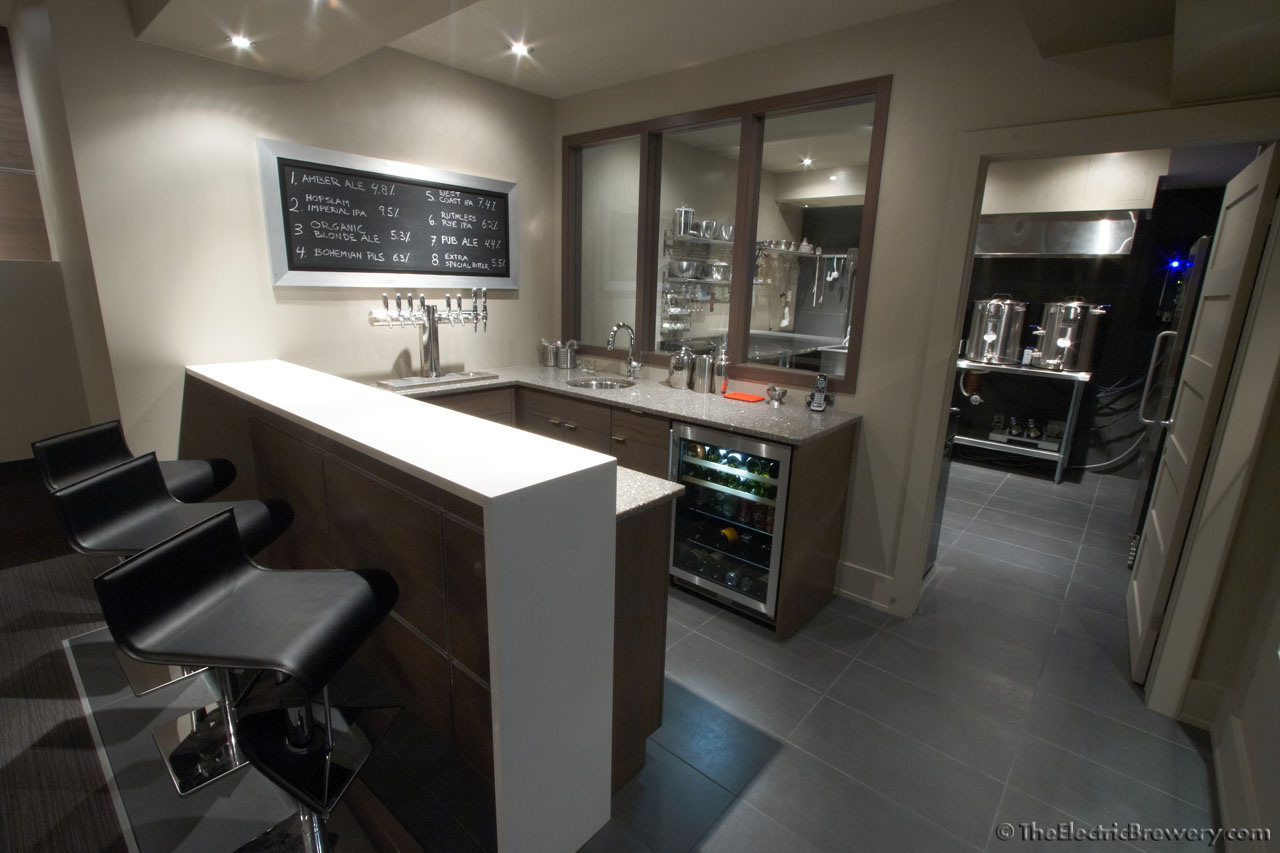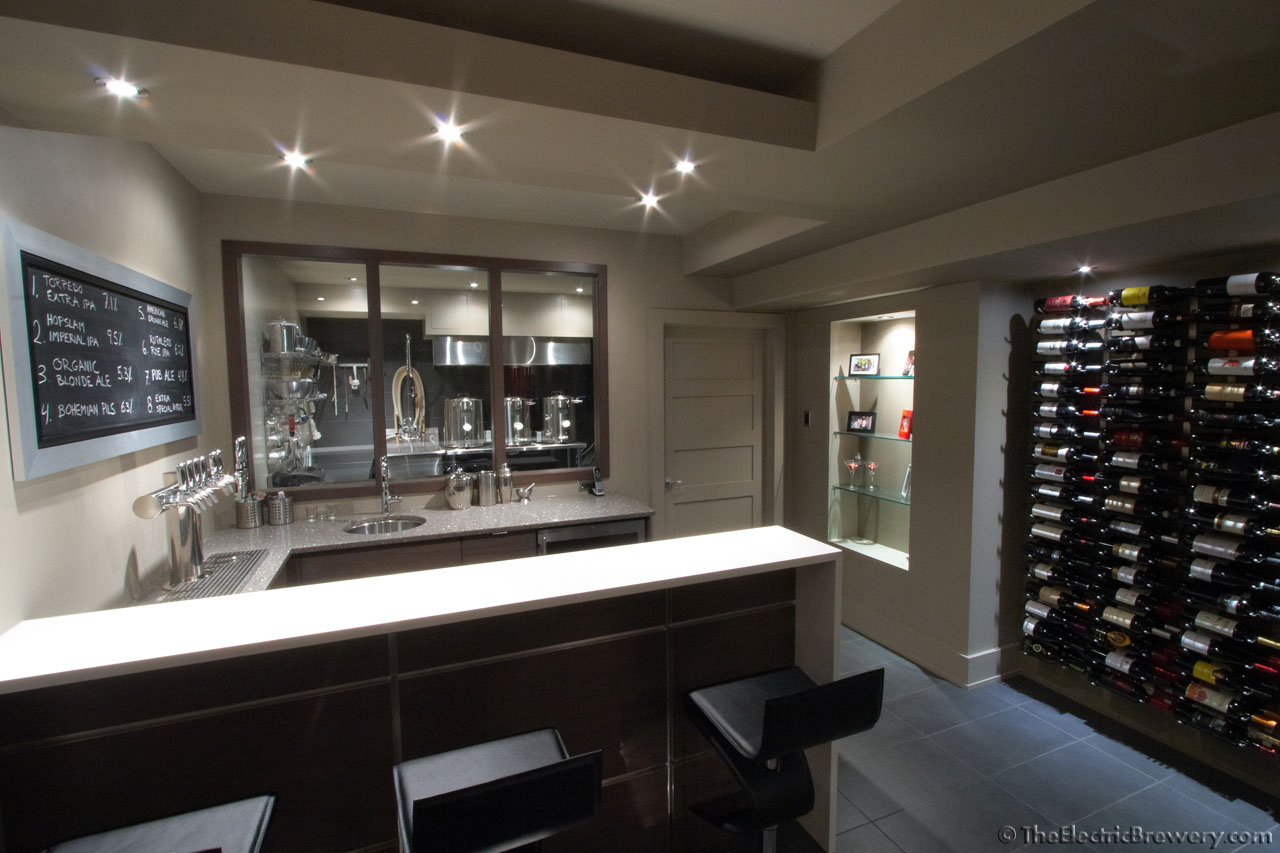A little over a year ago I set out to build a very powerful/versatile brew stand.
I diarized my progress here.
https://www.homebrewtalk.com/f51/birth-zeus-non-typical-brewstand-build-368010/
Unfortunately, life intervened. About a year ago we bought a house which required rennovation. We also had a baby 7 months ago. I'm happy to report that the reno is more or less complete and mom and baby are doing well. Its time for me to get back to brewing. Which means its time for me to get working on a brewstand as I sold my old one a few years back and I haven't brewed since.
The move to our new house changed a few things. Whereas our old house didn't have room to set up a brewery in the basement, the new one does. So whereas the Zeus I brewstand was going to be natgas powered, I'm thinking it would be prudent to power the reborn Zeus brewstand with electricity, so that it could potentially be moved into the basement at some point.
I know that many people are builing electric breweries these days. My first brewing efforts used an electric HLT and boil kettle, so I am very familiar with electric brewing. Furthermore, I'm an electrical engineer, so I'm not scared of the stuff.
However, I am not fond of the traditional heating element style brew vessels. I dislike the element being so prominent in the vessels, I want to avoid carmelizing wort on the elements and I desire a faster heating rate than what is available with a straight element style setup.
So with natgas and electric heating elements out of contention, I am going to attempt to power my brewstand with steam from an electric boiler.
I diarized my progress here.
https://www.homebrewtalk.com/f51/birth-zeus-non-typical-brewstand-build-368010/
Unfortunately, life intervened. About a year ago we bought a house which required rennovation. We also had a baby 7 months ago. I'm happy to report that the reno is more or less complete and mom and baby are doing well. Its time for me to get back to brewing. Which means its time for me to get working on a brewstand as I sold my old one a few years back and I haven't brewed since.
The move to our new house changed a few things. Whereas our old house didn't have room to set up a brewery in the basement, the new one does. So whereas the Zeus I brewstand was going to be natgas powered, I'm thinking it would be prudent to power the reborn Zeus brewstand with electricity, so that it could potentially be moved into the basement at some point.
I know that many people are builing electric breweries these days. My first brewing efforts used an electric HLT and boil kettle, so I am very familiar with electric brewing. Furthermore, I'm an electrical engineer, so I'm not scared of the stuff.
However, I am not fond of the traditional heating element style brew vessels. I dislike the element being so prominent in the vessels, I want to avoid carmelizing wort on the elements and I desire a faster heating rate than what is available with a straight element style setup.
So with natgas and electric heating elements out of contention, I am going to attempt to power my brewstand with steam from an electric boiler.








